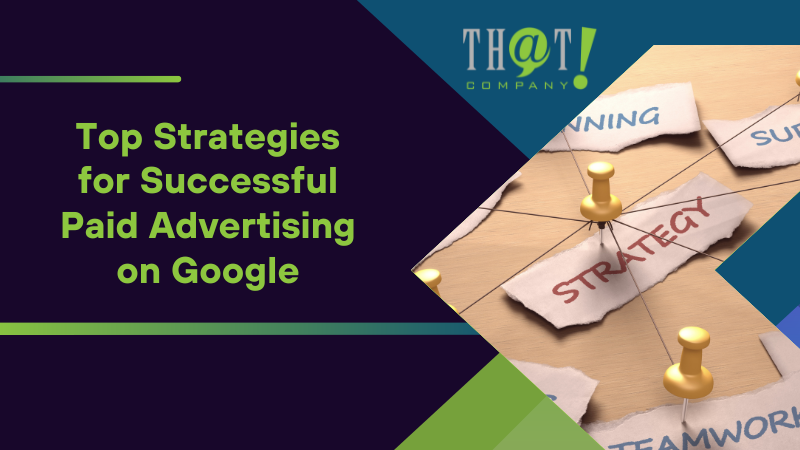
Paid advertising on Google helps businesses reach their audience precisely and cost-effectively. Through Google Ads, you can run campaigns that drive traffic, leads, and sales. This article will cover the benefits, campaign types, setup process, and optimization tips for successful Google advertising.
Key Takeaways
- Google Ads provides a variety of campaign types, such as search, display, shopping, and video ads, enabling businesses to customize their strategies for specific goals and audiences.
- Measurable results and precise budget control provided by Google Ads enable advertisers to track performance and optimize campaigns for higher ROI.
- Common pitfalls to avoid in Google Ads campaigns include ignoring negative keywords, overlooking mobile optimization, and neglecting conversion tracking, which can hinder ad effectiveness.
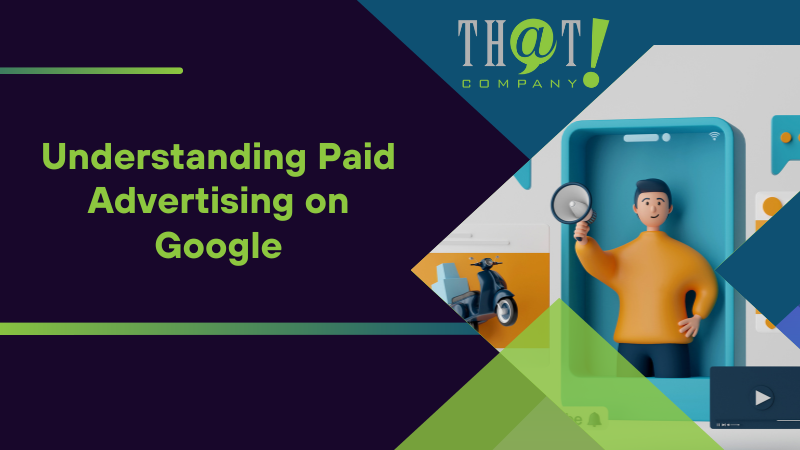
Understanding Paid Advertising on Google
Google Ads serves as an essential digital marketing tool for businesses to promote their services and reach potential customers. As the most popular search engine platform, Google offers a vast audience, making it an attractive option for advertisers looking to maximize their reach. Data-driven pay-per-click campaigns managed through Google Ads can be tailored to each client’s industry and budget, ensuring high-quality results and continuous ad management.
The primary purpose of Google Ads is to drive relevant traffic to websites, helping businesses generate sales and leads. With a bid-based online advertising platform, Google Ads functions by selecting ads based on bid amount, ad relevance, and quality, ensuring that advertisers only pay when users click on their ads. This pay-per-click (PPC) model makes it a cost-effective solution for businesses of all sizes.
Let’s delve deeper into what Google Ads is, why it should be used, and the different types of campaigns available to advertisers.
What is Google Ads?
Google Ads is a bid-based online advertising platform designed to connect businesses with potential customers. This platform allows businesses to run various types of ads, including google search ads, display ads, shopping ads, and YouTube ads. These ads are displayed alongside keywords that match user search queries, ensuring they reach the right audience at the right time. Understanding how Google Ads works and google adwords can help businesses maximize their advertising efforts.
The ad formats provided by Google Ads include text, images, and videos, allowing for diverse advertising strategies. For example, Google Shopping Ads showcase product details such as price and images, improving product visibility on search results. Video ads on YouTube can play before, during, or after videos, diversifying the reach of advertising campaigns.
Why Use Google Ads?
Google Ads enhances business visibility by providing rapid access to an extensive audience, making it easier to generate leads quickly. Targeted paid advertising on Google reaches consumers actively searching for specific products or services, enhancing ad effectiveness. This targeted approach ensures that businesses can connect with potential customers who are more likely to convert.
Additionally, Google Ads provides measurable results, including important metrics such as views, clicks, and conversions. This allows businesses to track performance and make data-driven decisions to optimize their campaigns. With precise budget control, advertisers can set spending limits based on campaign needs while aiming for a high return on investment, making Google Ads a powerful tool for any marketing strategy.
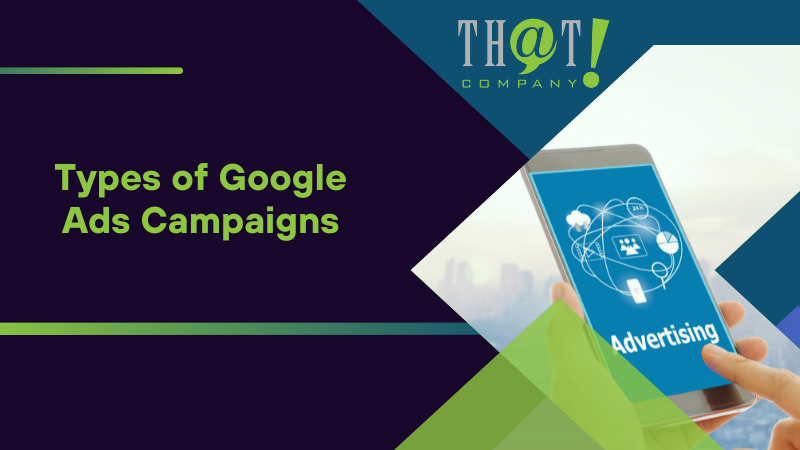
Types of Google Ads Campaigns
Google Ads offers a variety of campaign types to optimize paid advertising on Google strategies based on specific business needs. Whether you’re looking to promote your products, increase brand awareness, or drive app downloads, there’s a Google Ads campaign type tailored to your goals.
Understanding the different types of campaigns is crucial for selecting the right approach for your business.
Search Ad Campaigns
Search ads are displayed on Google’s search results pages based on specific keywords. These ads appear at the top or bottom of the search results, indicated by bold ‘Sponsored’, and primarily target users actively seeking products or services through relevant keywords. This makes search ad campaigns highly effective for reaching audiences likely to convert.
Responsive search ads allow for multiple variations, using AI to select the best mix for search intent. This flexibility ensures that ads are tailored to the user’s query, increasing the chances of engagement and conversion.
Display Ad Campaigns
Visual ads, known as Google Display Ads, are shown on websites and apps as part of the Google Display Network. These ads target users based on their interests, demographics, and the content they are currently viewing, enhancing the relevance and effectiveness of the ads. Display ads can be placed in various locations on a webpage, such as the top (banner), sidebar, and footer, which enhances visibility.
Advertisers can define display ads manually or upload assets for Google Ads to create ads automatically, providing flexibility and ease of use for businesses of all sizes.
Shopping Ad Campaigns
Shopping ads focus on presenting product details such as images and prices directly on search results. These ads appear on SERPs, at the top or side, with product details, allowing users to compare and choose products directly from search results. This visually engaging content makes shopping ads highly effective for e-commerce businesses looking to showcase their products.
The top-ranking Google Shopping products appear in the shopping carousel, providing prominent visibility and increasing the likelihood of user engagement.
Video Ad Campaigns
Video ads can be displayed on YouTube and various websites, leveraging storytelling to capture audience attention. YouTube ads typically appear before, during videos, and on homepage or playlist pages, offering multiple options for video ad placement. This versatility allows businesses to engage users with compelling narratives and visually rich content.
Video ads effectively convey a brand message and emotionally connect with the target audience, leading to higher engagement and conversions.
App Ad Campaigns
App ads are designed to promote mobile applications across multiple platforms, utilizing automated ad generation for efficiency. The primary purpose of app ads is to drive app downloads or increase engagement. Google App Campaigns provide app information and audience targeting, with Google managing the ad display.
Google automatically generates various ad formats using images, videos, and content from the app store listing. These ads can appear on various platforms, including search engines, the Google Play Store, YouTube, and the Google Display Network, as well as the google search network, ensuring broad visibility and reach.

How Google Ads Work
Understanding how paid advertising on Google works is essential for creating effective campaigns. The Google Ads auction is an automated process that occurs whenever a user searches or visits a site displaying ads. Google Ads operates on a pay-per-click model, where advertisers pay only when users click on their ads.
Bids indicate the highest amount an advertiser is ready to pay for each click, and this amount can be modified at any time.
The Google Ads Auction
The Google Ads auction determines ad placement based on bids and quality. Ad placement in Google Ads is determined by AdRank, which is based on Quality Score and bid amount. Higher bid amounts generally lead to better ad placements, especially when combined with high Quality Scores.
The competitiveness of an auction affects ad placement, with closer ad ranks leading to similar chances of winning positions.
Quality Score and Ad Rank
Quality Score is a critical metric that evaluates the relevance and quality of ads based on multiple factors, including click-through rate, relevance of keywords, quality of landing page, and past performance. A higher Quality Score can lead to lower acquisition costs and better ad placement, ultimately enhancing ad performance.
Ad Rank, which determines where ads appear on Google’s SERP or within the GDN, is influenced by both the quality of the ads and the landing page, ensuring users receive relevant results. Improving Quality Score can lead to lower costs for advertisers and better ad positioning, making it a crucial factor in the success of Google Ads campaigns.
Targeting Options
Effective audience targeting is crucial for engaging the right customers and maximizing the impact of ad campaigns. Google Ads provides diverse targeting options, including demographics such as age and gender, geographic locations, and user interests. Focusing on user behavior and interests enhances ad relevance through custom audience segmentation, leading to higher engagement and conversion rates.
Utilizing precise keywords helps avoid irrelevant audience reach and can significantly decrease wasted ad spend. This precision ensures that ads are shown to users who are most likely to be interested in the products or services being advertised, thereby improving the overall effectiveness of the campaign.
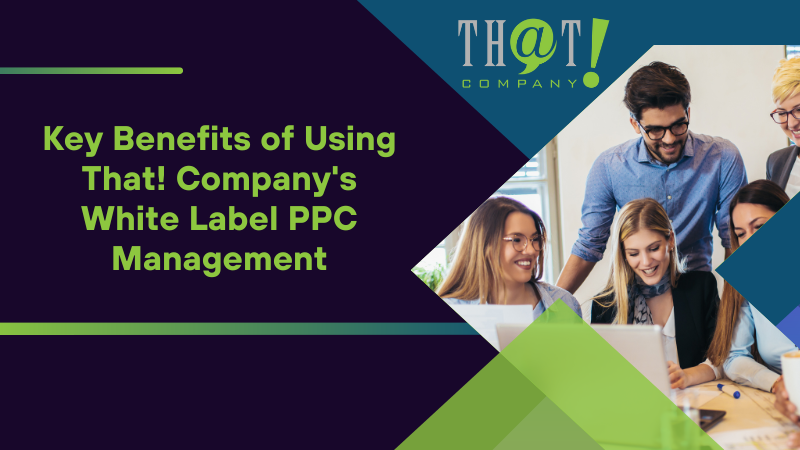
Key Benefits of Using That! Company’s White Label PPC Management
White label PPC services enable agencies to offer expert paid advertising on Google management under their brand without needing extensive in-house resources. This leads to significant cost savings as agencies can reduce overhead expenses associated with hiring and training staff. Additionally, agencies can save time and enhance productivity by outsourcing campaign management, allowing them to focus on strategic client needs.
Utilizing white label services provides agencies with access to advanced tools and expertise they might lack internally. The scalability of white label services helps agencies effectively manage varying client demands, particularly during busy seasons. Moreover, predictable expenses with white label pay per click aid in better financial planning and cash flow management, enhancing client relationships through more personalized communication and service delivery.

Setting Up Your Google Ads Account
Setting up a Google Ads account involves a step-by-step process to correctly configure the account with necessary information and settings. Establishing clear marketing objectives before creating your campaign is essential for improving targeting and budgeting.
Google Ads campaigns are categorized based on specific marketing objectives, allowing advertisers to select the best fit for their needs.
Creating an Account
To set up a Google Ads account, first visit the Google Ads homepage and click ‘Start Now.’ Sign in with an existing Google account or create a new one. After signing in, provide your business name and website to create the account. You will also need to input billing information to confirm payment for your Google ads. Setting up your first Google ad should take no more than 10 minutes, with the Google Ads platform guiding you through the setup with helpful hints.
Once your account is created, click ‘New campaign’ at the top of the main dashboard, select a goal for your campaign, and click ‘Continue’ to proceed. This initial setup is crucial for ensuring your campaigns are aligned with your business objectives from the start.
Defining Goals and Budget
Identifying specific advertising goals is crucial for ensuring clarity in campaign direction. You can select from four main advertising goals, including increasing calls, boosting website sales or sign-ups, driving visits to a physical location, and gaining more views on YouTube. Preparing an advertising plan with SMART goals enhances clarity and effectiveness during campaign management. New advertisers in paid advertising on Google should set a daily budget to let Google optimize the bidding process for the best outcomes.
On Google Ads, advertisers retain control over their monthly budget and can adjust their spending at any time based on performance. Linking Google Ads with Google Analytics allows advertisers to receive insights into campaign performance and make real-time optimizations, improving ad quality, boosting conversions, and increasing overall revenue from Google Ads campaigns.
Keyword Research and Selection
Keywords are essential in Google Ads as they align closely with the searcher’s query, impacting ad relevance and effectiveness. Targeting relevant keywords improves ad visibility and performance, ultimately leading to higher conversion rates. Long-tail keywords are particularly useful as they target specific niches, leading to enhanced relevance in ad campaigns. Selecting keywords directly related to product offerings can significantly improve the effectiveness of ads.
Advertisers should regularly review, adjust, add, and remove keywords based on campaign performance. Analyzing potential traffic and estimated CPC for chosen keywords can provide insights for more strategic keyword targeting. Identifying and using relevant long-tail keywords (e.g., ‘cat clinic in Belvedere’) can drive a more targeted audience to your ads.
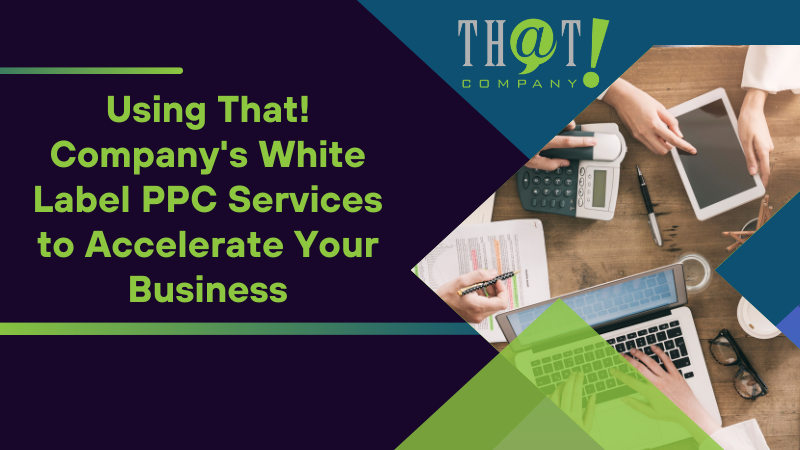
Using That! Company’s White Label PPC Services to Accelerate Your Business
In today’s competitive digital landscape, businesses are continually looking for ways to improve their online presence and achieve better results from their advertising efforts. That! Company’s White Label PPC Services offer a strategic solution for agencies looking to provide top-tier paid advertising on Google management without the need for extensive internal resources. By partnering with That! Company, agencies can deliver expert PPC services under their own brand, allowing them to expand their service offerings and attract more clients.
White label PPC services provide agencies with access to a team of experienced professionals who are well-versed in the latest digital advertising trends and strategies. This expertise ensures that campaigns are managed efficiently and effectively, maximizing return on investment for clients. Additionally, agencies benefit from advanced tools and technologies that may otherwise be cost-prohibitive to acquire independently.
The scalability of white label PPC services is another significant advantage. Agencies can easily adjust their service offerings to meet the demands of their clients, regardless of the size or scope of the campaign. This flexibility is particularly beneficial during peak seasons or when managing multiple client accounts simultaneously.
Moreover, by outsourcing PPC management to That! Company, agencies can focus on their core competencies and strategic client relationships. This allows them to dedicate more time to developing innovative marketing strategies and enhancing client satisfaction. Collaborating with a white label digital marketing provider further streamlines operations, enabling agencies to scale efficiently and drive business growth and success.

Crafting Effective Ads
Crafting effective ads is an art that combines creativity and strategy. Good copy in Google Ads captivates customers and is essential for effective advertising. The main goal when crafting your ad is to attract and convert your audience.
Successful Google Ads campaigns are built upon components like ad copy, optimized landing pages, and thank you pages. Using real customer testimonials can enhance ads by providing credibility and relatability.
Writing Engaging Ad Copy
Effective audience segmentation allows advertisers to tailor their messaging, ensuring that ads resonate with specific demographic groups. Ad copy that addresses user benefits tends to engage users more effectively.
Consistent A/B testing can lead to enhanced understanding of which ad elements resonate best with the audience. By segmenting audiences based on their past interactions with your site, you can enhance the relevance of your ad messaging and increase engagement.
Utilizing Ad Extensions
Ad extensions are free features that can significantly boost user interaction with ads. Ad Extensions come in various categories. These include Sitelink, Call, Location, Offer, and App. These extensions enhance an ad’s visibility and provide additional information that can encourage users to take action.
For example, businesses can include phone numbers for direct inquiries or additional links to specific pages on their website. Optional ad attributes, such as Callouts and sitelinks, further enhance the ad’s effectiveness by providing more context and options for user engagement.
Designing Visual Ads
Visually appealing images in Google Ads play a crucial role in building brand awareness and consideration. High-quality visual assets enhance the effectiveness of ads, resulting in better engagement and performance metrics.
Visual and detailed product presentation is a significant benefit of Google Shopping Ads, drawing consumer attention and enhancing the shopping experience. By investing in high-quality visuals, businesses can create more compelling ads that resonate with their target audience.

Optimizing Google Ads Campaigns
Optimizing paid advertising on Google campaigns is an ongoing process that involves monitoring performance and making adjustments to improve results. Failing to maintain consistency in tracking conversions skews performance data, making it critical to monitor and adapt campaigns regularly.
Automation in Google Ads enables advertisers to optimize bids and ad placements in real-time based on performance metrics, leading to better outcomes. Utilizing responsive search ads can lead to a notable increase in conversions when ad strength improves.
Monitoring and Analysis
The Google Ads Performance Grader evaluates campaign effectiveness and suggests improvements while providing competitive benchmarks. Using Google Ads and Google Analytics together provides a seamless way to evaluate ad performance and user engagement.
Integrating Google Ads with Google Analytics allows users to track page popularity and keywords driving traffic. UTM codes are used in Google Ads to track activity associated with specific links, giving clear insights into ad effectiveness.
A/B Testing
Establishing a conversion definition is crucial in understanding the effectiveness of an ad campaign. A/B testing allows advertisers to compare different ad variations to identify which is most effective in achieving desired outcomes. By identifying variations in elements like headlines, calls to action, and visuals, marketers can optimize their ads for better engagement and conversion rates.
Ultimately, comparing different ad variations helps in refining ad strategies that drive higher ROI.
Adjusting Bids and Budgets
Implementing bid adjustments allows for modifying bids based on criteria such as time of day or device type. Flexible pricing options allow optimization of spending for better results.
Continuously optimizing ad performance by refining targeted keywords can lead to improved ROI and lower CPC. Regular adjustments to bids and budgets based on performance data ensure effective use of ad spend to achieve campaign goals.
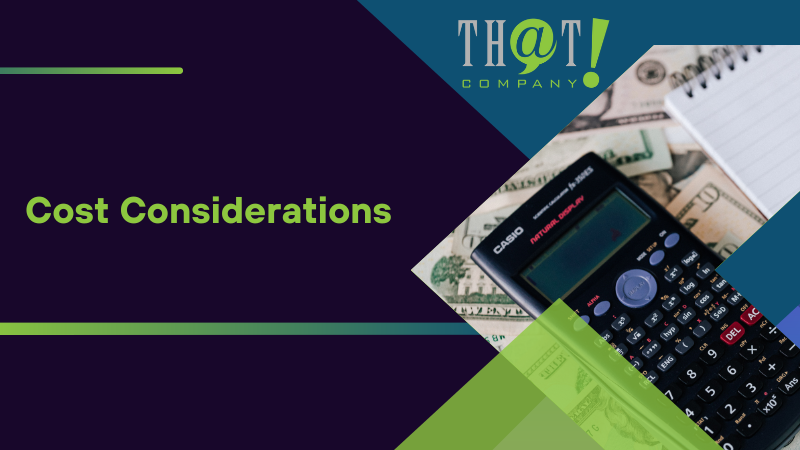
Cost Considerations
Cost-per-click (CPC) is a critical factor for advertisers in paid advertising on Google, as it directly impacts advertising costs. Several factors influence CPC rates, including competition within the industry, the relevance of ads, and Quality Score.
Setting a clearly defined budget is essential to manage ad spend effectively while striving to achieve advertising goals. Regular evaluation of ad performance and adjusting bids and budgets can help maximize return on investment (ROI).
Average CPC and Factors Influencing Costs
Google Ads operates on a pay-per-action model, primarily through cost-per-click (CPC). CPC rates can greatly vary based on factors like industry competition, keyword selection, and geographic targeting. For instance, certain industries, particularly finance and legal, can see CPC rates soar between $10 and $50 due to high competition. The overall CPC is also influenced by factors such as location and previous performance.
The average cost per click for search ads ranges from $1 to $2, while display ads generally have an average CPC of under $1.
Budget Management Strategies
Effective management of Google Ads budgets can include setting a daily budget, which can be exceeded temporarily by up to 100% on busier days for maximizing clicks. Regularly adjusting budgets based on campaign performance helps ensure optimal use of resources and maximizing ROI. A well-managed budget allows advertisers to maintain control over spending while effectively reaching target audiences and meeting marketing goals.
Developing a budget management strategy that includes regular reviews and adjustments is essential for the success of Google Ads campaigns.
Maximizing ROI
Maximizing return on investment (ROI) is critical for the success of paid advertising strategies. By focusing on customer opportunities with the highest ROI, businesses can ensure that their advertising efforts yield the best possible financial returns.
Strategic planning and continuous optimization are essential components for enhancing ROI in marketing campaigns. Regularly reviewing performance metrics and adjusting strategies based on data insights can help businesses achieve more website sales and higher overall profitability.

Case Studies and Success Stories
Real-life examples of successful Google Ads campaigns can provide valuable insights and inspiration. Including a business logo and name in ads can enhance conversion rates significantly.
Let’s explore some case studies that highlight the effectiveness of Google Ads in different industries.
Small Business Success
Asutra, a wellness brand, achieved a 470% return on ad spend through Google search campaigns by enhancing brand awareness. By implementing Google Ads, Asutra was able to reach a broader audience and effectively increase brand visibility.
The campaigns executed by Asutra resulted in a notable return on investment, specifically an impressive 470%. The utilization of Performance Max campaigns contributed to an 84% increase in return on ad spend for Asutra.
E-commerce Triumph
An e-commerce brand aimed to increase sales and visibility through effective advertising strategies. They utilized targeted Google Ads shopping campaigns tailored to customer buying intents. As a result, the brand achieved a remarkable 6.4 times return on ad spend.
This case study demonstrates the power of Google Shopping Ads in driving sales and maximizing ROI for e-commerce businesses.
Service Industry Win
A service-based business focused on digital marketing leveraged Google Ads for substantial lead generation. The business implemented targeted advertising strategies by defining specific audience demographics and keywords. As a result of these targeted strategies, the business experienced a sharp increase in incoming leads.
Ultimately, the effective use of Google Ads significantly boosted the conversion rates of the business.
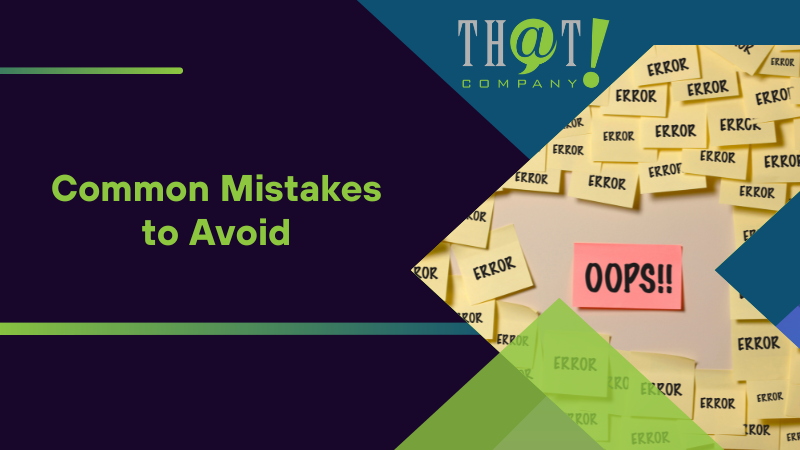
Common Mistakes to Avoid
To achieve success in paid advertising on Google campaigns, it’s essential to recognize and avoid common pitfalls that can hinder performance. A common mistake brands make when placing ads on Google is failing to connect with their audience, making the ads seem too salesy or out of touch. Irrelevant advertising reduces clicks, making ad spend unjustifiable.
Standard practices that improve ad performance include focusing on relevancy and audience connection.
Ignoring Negative Keywords
Negative keywords are used to exclude irrelevant traffic and improve ad relevance. Ignoring negative keywords can lead to ads being shown in unrelated search results, thereby reducing the effectiveness of the campaign.
Specifying keywords to exclude from Google Shopping Ads helps businesses target the right audience and improve overall ad performance.
Overlooking Mobile Optimization
Mobile optimization is essential for businesses looking to maximize their reach and effectiveness of paid advertising campaigns. Optimizing ads for mobile devices allows businesses to tap into a broader audience that predominantly uses mobile devices for online searches.
Mobile-friendly ads lead to higher engagement rates as users are more likely to interact with ads that provide a seamless experience on their devices. In today’s digital landscape, neglecting mobile optimization can result in missed opportunities for conversions and brand visibility.
Neglecting Conversion Tracking
Conversion tracking is a vital tool that allows advertisers to measure the success of their ad campaigns. Proper conversion tracking is essential for analyzing the effectiveness of ad campaigns and informing future strategies. Ignoring conversion tracking hinders the ability to assess the effectiveness of ad campaigns and optimize future efforts.
Effective conversion tracking provides valuable insights into campaign performance, enabling data-driven decisions to enhance advertising strategies.
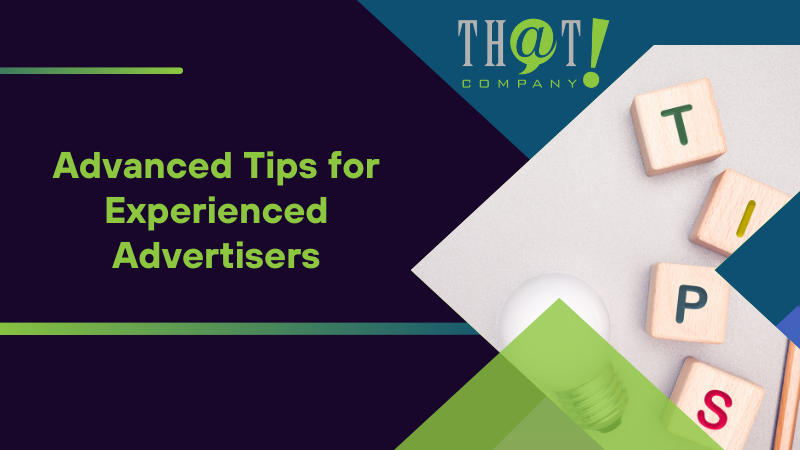
Advanced Tips for Experienced Advertisers
For those who have mastered the basics of Google Ads, exploring advanced strategies can unlock even greater potential. Leveraging automation and AI, remarketing techniques, and custom audience segmentation are key areas where experienced advertisers can excel.
Employing these advanced tactics allows advertisers to optimize their campaigns for maximum efficiency and effectiveness.
Leveraging Automation and AI
Employing Smart Bidding strategies allows advertisers to optimize bids in real-time based on various signals. Smart Bidding uses AI to analyze data and adjust bids automatically, ensuring that advertisers reach the right audience at the optimal price.
Utilizing AI in Google Ads can lead to a significant increase in conversions, with improvements in ad strength correlating with a 12% boost in performance. That! Company uses advanced automation and AI-driven bid strategies to optimize ad spend, ensuring the highest possible return on investment while minimizing wasted clicks.
Remarketing Techniques
Businesses can re-engage users who have previously interacted with their website or ads through remarketing, increasing the chances of conversion. Remarketing campaigns focus on targeting users who are already familiar with the brand, enhancing the likelihood of conversion.
Using dynamic remarketing allows businesses to display ads tailored to products previously viewed by users, further increasing engagement and conversion rates. By implementing frequency capping, businesses can prevent users from seeing the same ads too often, enhancing the user experience.
Custom Audience Segmentation
Custom audience segmentation involves dividing audiences into smaller groups based on shared characteristics, interests, or behaviors to deliver tailored advertisements. Advanced techniques for audience segmentation include leveraging website visitors’ data, demographic insights, and custom intent audiences to precisely target potential customers.
Implementing custom audience segmentation can significantly enhance ad relevance, improve engagement rates, and lead to higher conversion rates for advertisers. By using detailed data insights from Google Analytics, advertisers can create highly targeted campaigns that resonate with specific audience segments.

Summary
In conclusion, Google Ads offers a versatile and powerful platform for businesses to reach their target audience and achieve their marketing goals. By understanding the various types of campaigns, optimizing ad performance through continuous monitoring and analysis, and leveraging advanced strategies such as automation and AI, businesses can maximize their return on investment and drive more traffic, leads, and sales. Working with a white label PPC company can further enhance campaign performance, providing expert management and optimization. The key to success lies in staying informed, being adaptable, and continuously refining your strategies to meet the ever-changing digital landscape.
By implementing the tips and strategies discussed in this guide, you can harness the full potential of paid advertising on Google and take your digital marketing efforts to new heights. Whether you’re just starting with Google Ads or looking to enhance your existing campaigns, the insights provided here will help you achieve your advertising objectives and drive meaningful results for your business.

Frequently Asked Questions
What is a Google paid ad?
A Google paid ad is an advertisement that businesses create and display on search results pages and other websites, identifiable by a small ‘Ad’ label. These ads operate on a pay-per-click model, meaning businesses are charged only when someone clicks on their ad.
Can you get paid to make Google Ads?
Yes, you can get paid to make Google Ads by using platforms like AdSense, where Google shares a portion of ad revenue generated from your site. Your earnings depend on factors like content type and user engagement, with top publishers earning significantly more in competitive markets.
How much does a paid ad on Google cost?
The cost for a paid ad on Google typically ranges from $0.50 to $10 per click, with an average cost of $2 to $4 on the Search Network. Factors such as keyword competition can significantly influence these rates.
What is Google Ads?
Google Ads is a comprehensive online advertising platform that facilitates businesses in reaching potential customers through various ad types, such as search, display, shopping, and YouTube ads, while targeting users based on their search behavior and interests. This targeted approach helps maximize advertising effectiveness and connect with the right audience.
What are the different types of Google Ads campaigns?
Google Ads features several campaign types: search ads, display ads, shopping ads, video ads, and app ads. Each type is tailored to specific goals like product promotion, brand awareness, or app installations.

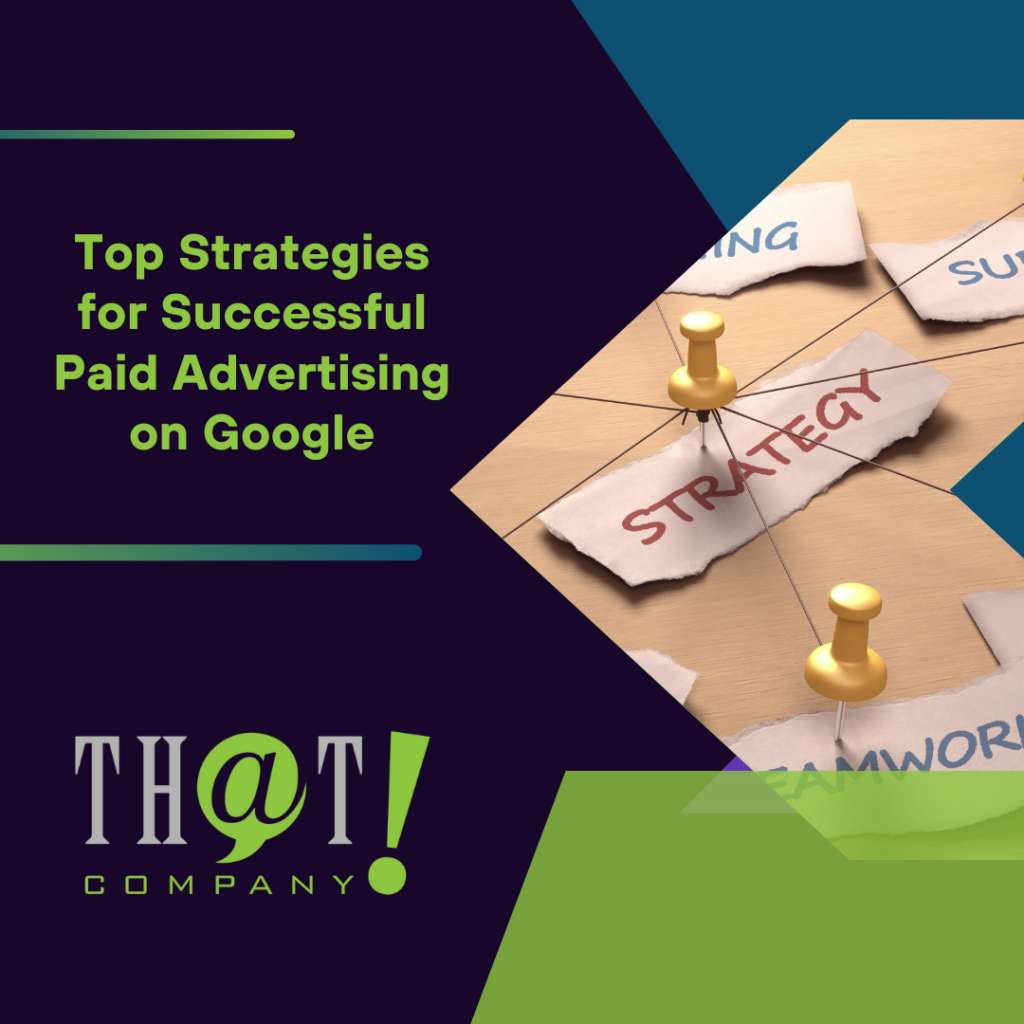








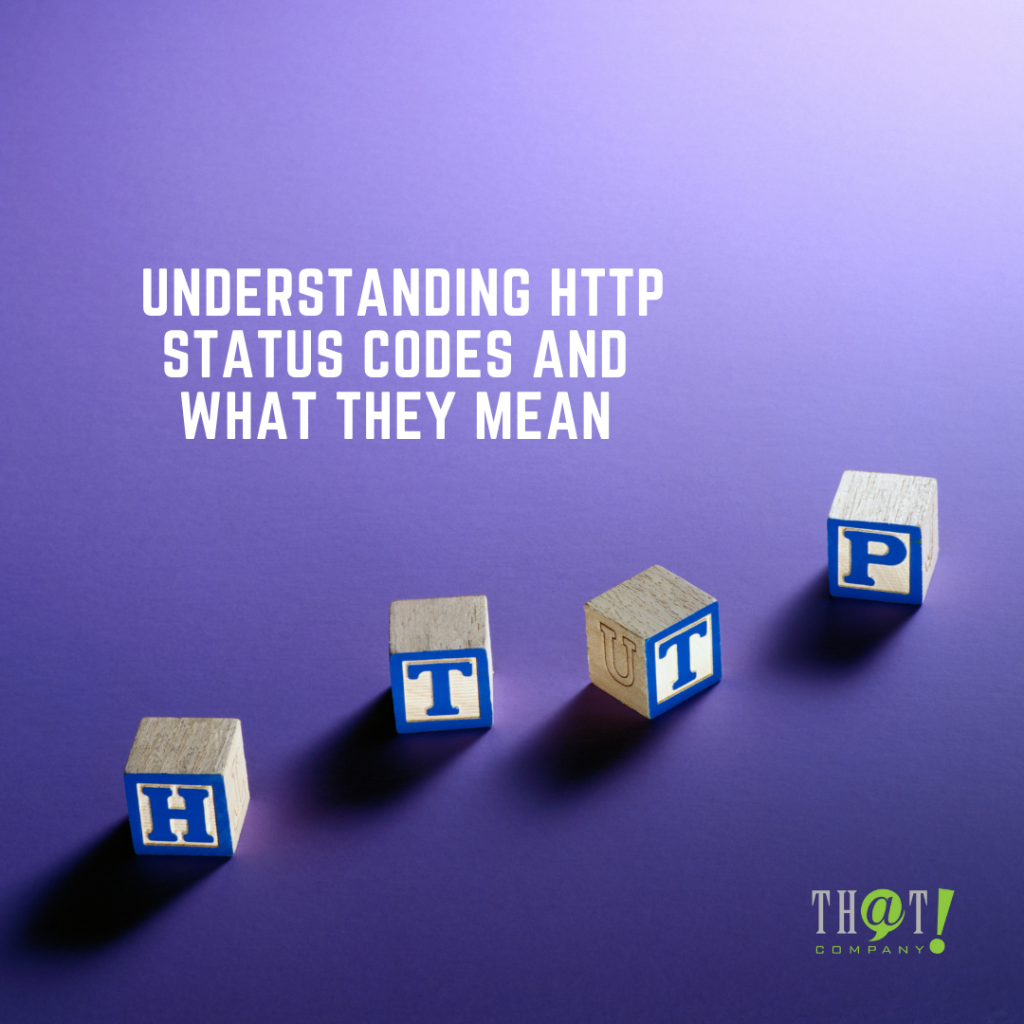
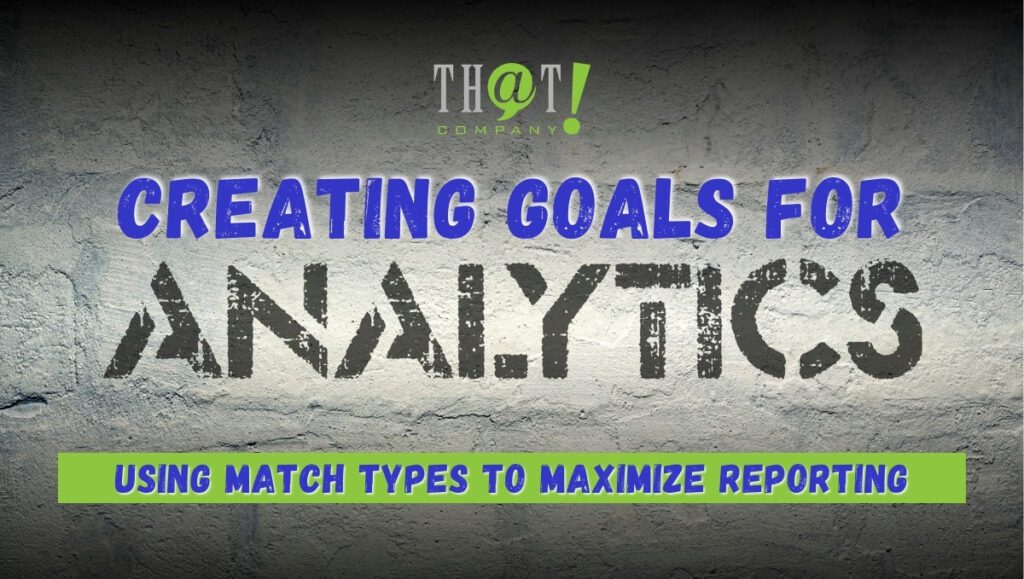
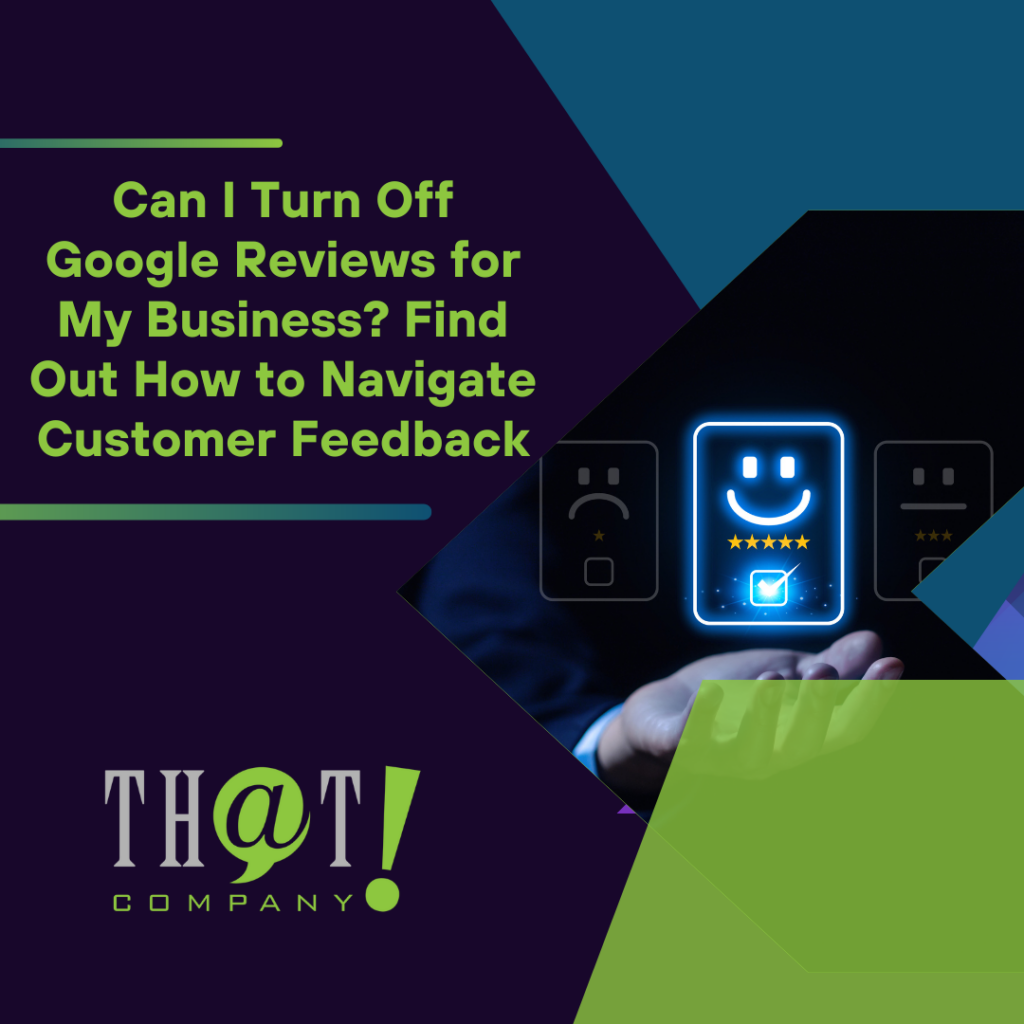
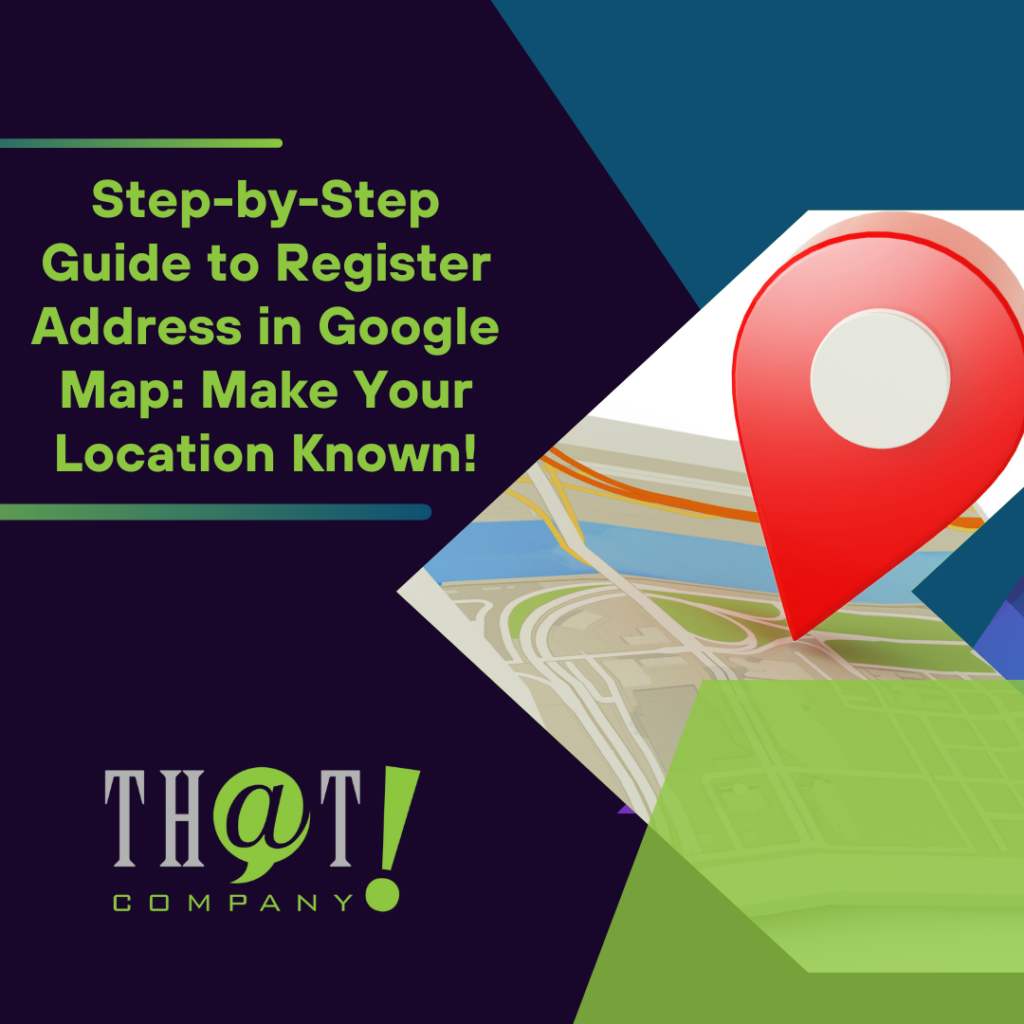


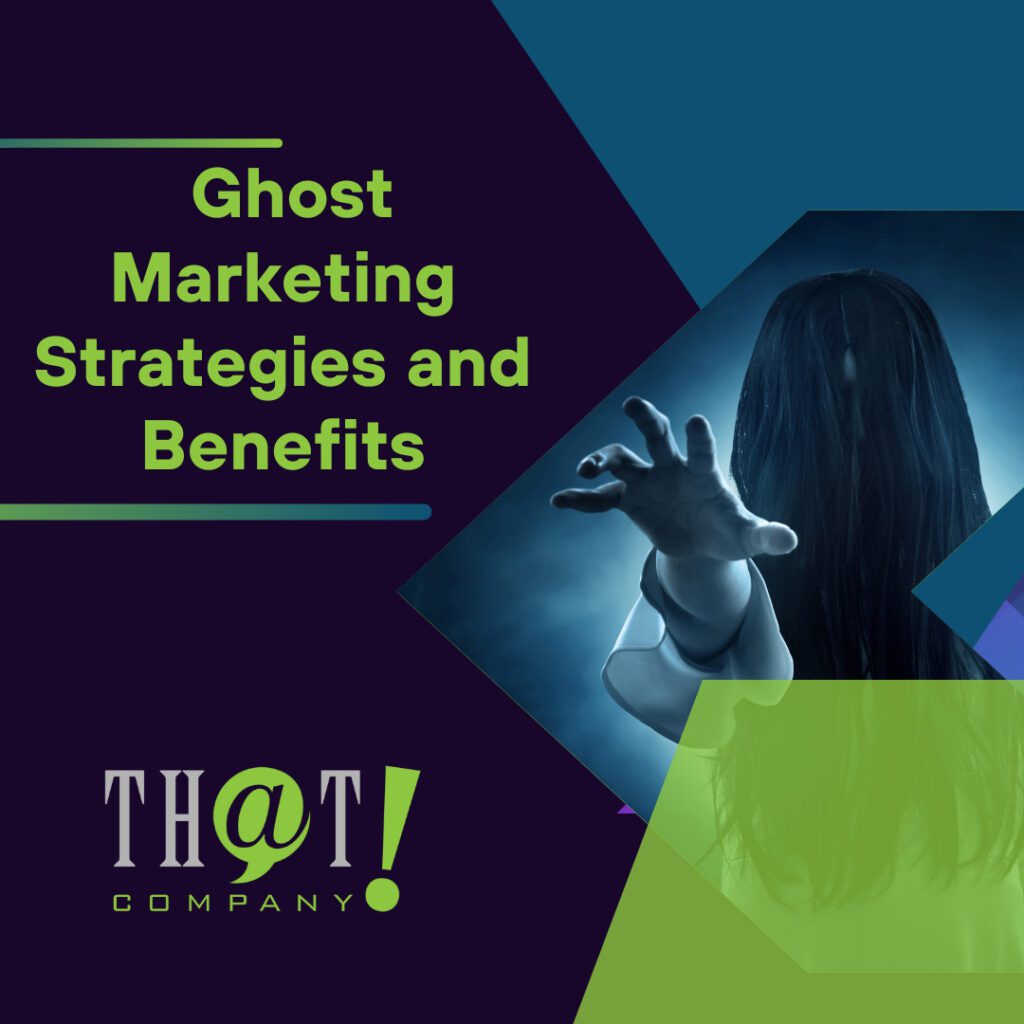


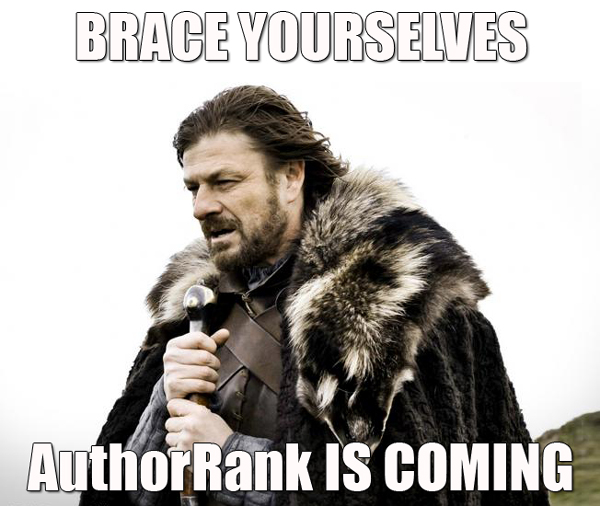
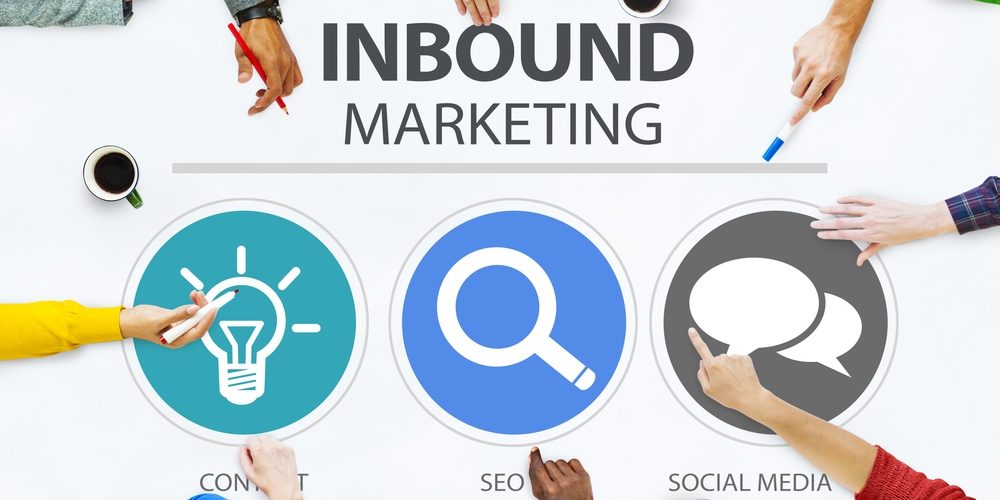
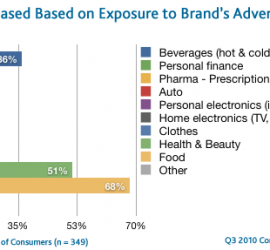
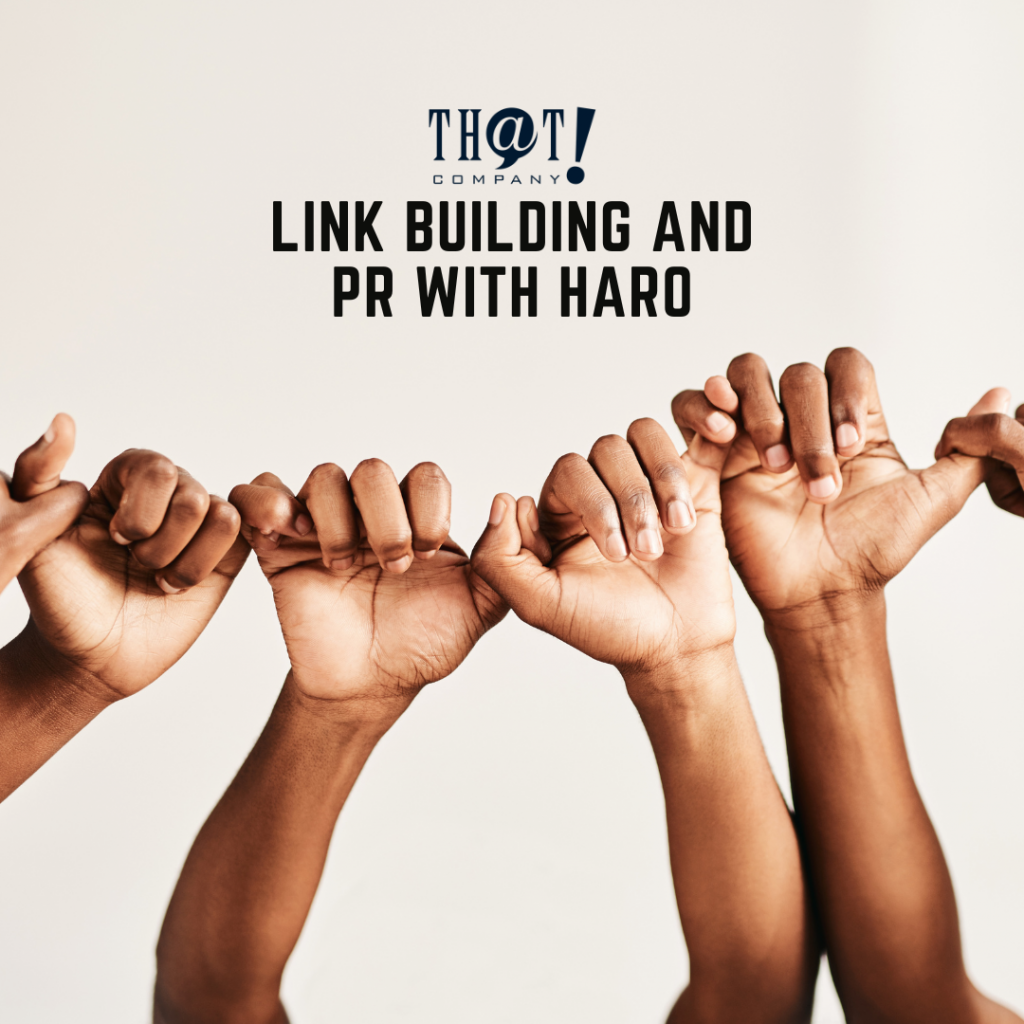
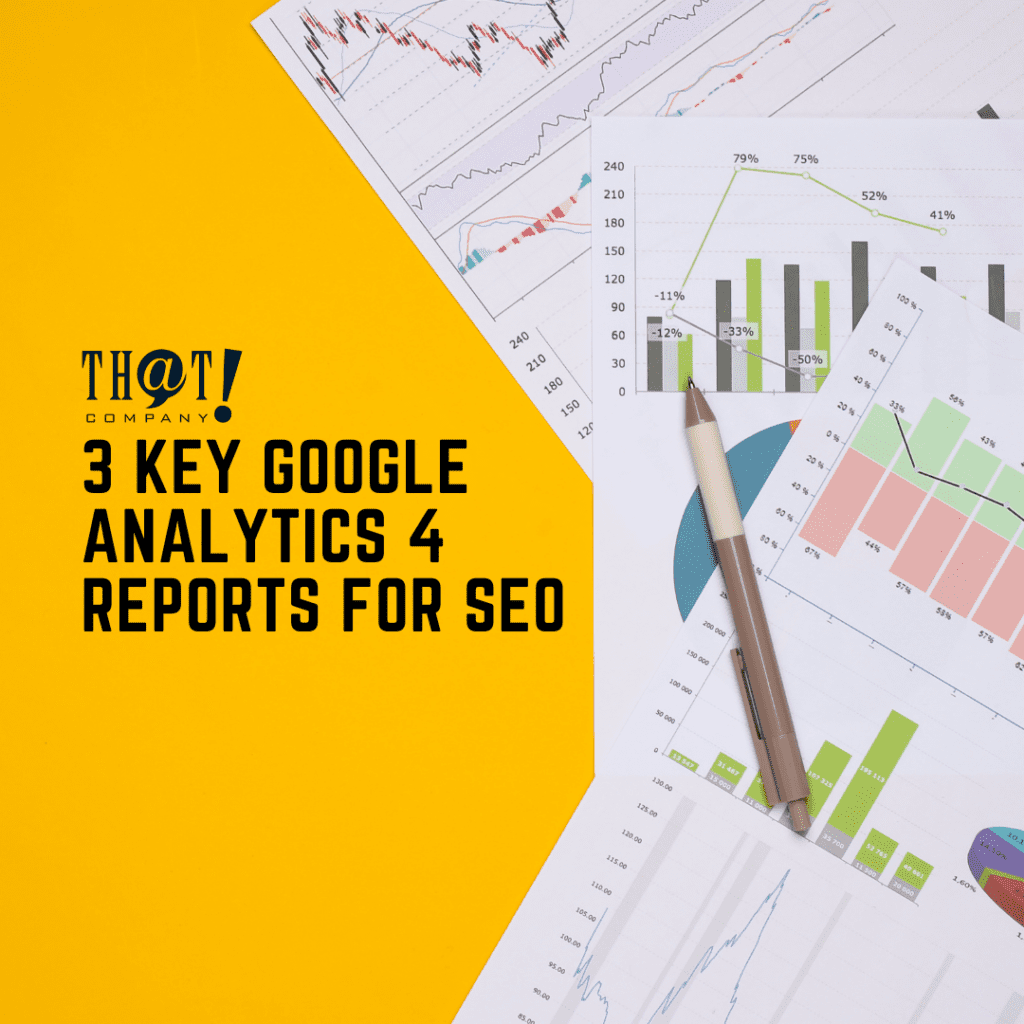

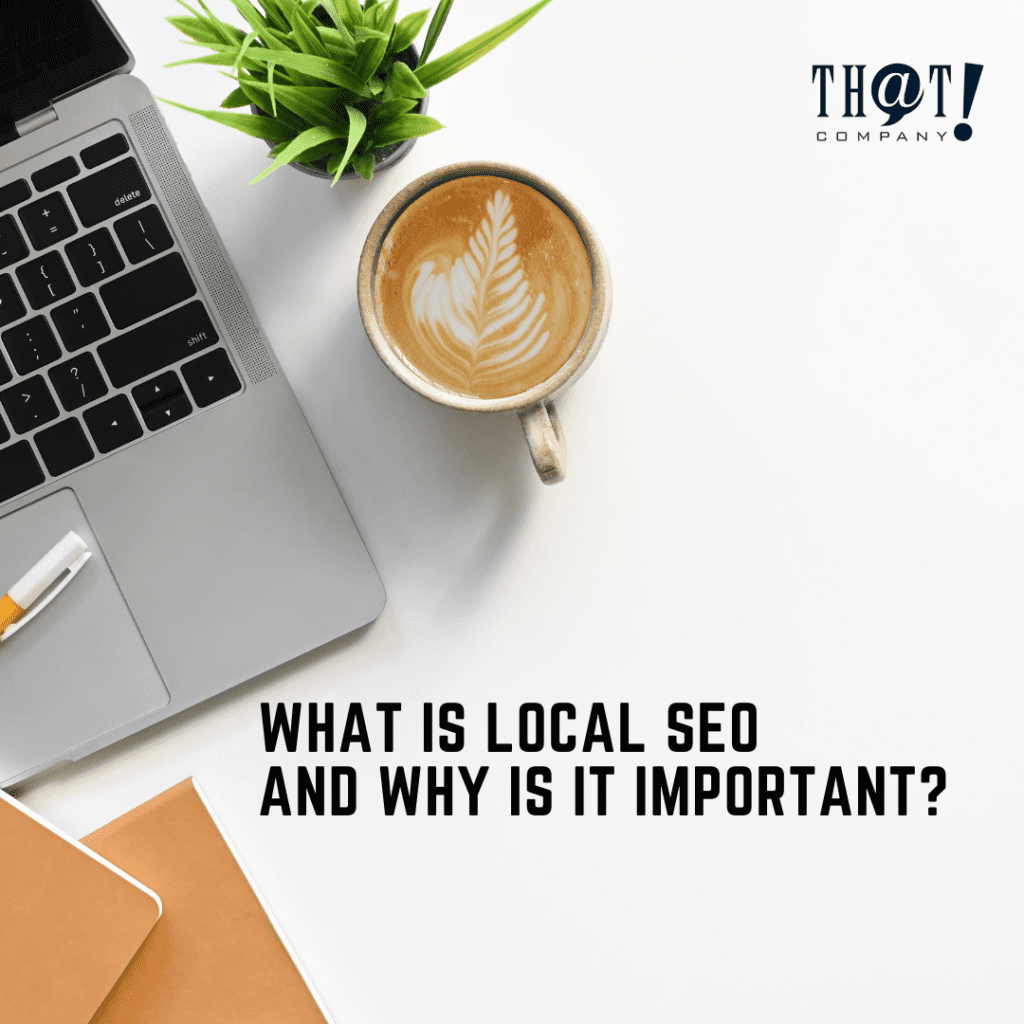

 Talk With Us
Talk With Us  Give Some Love
Give Some Love 


